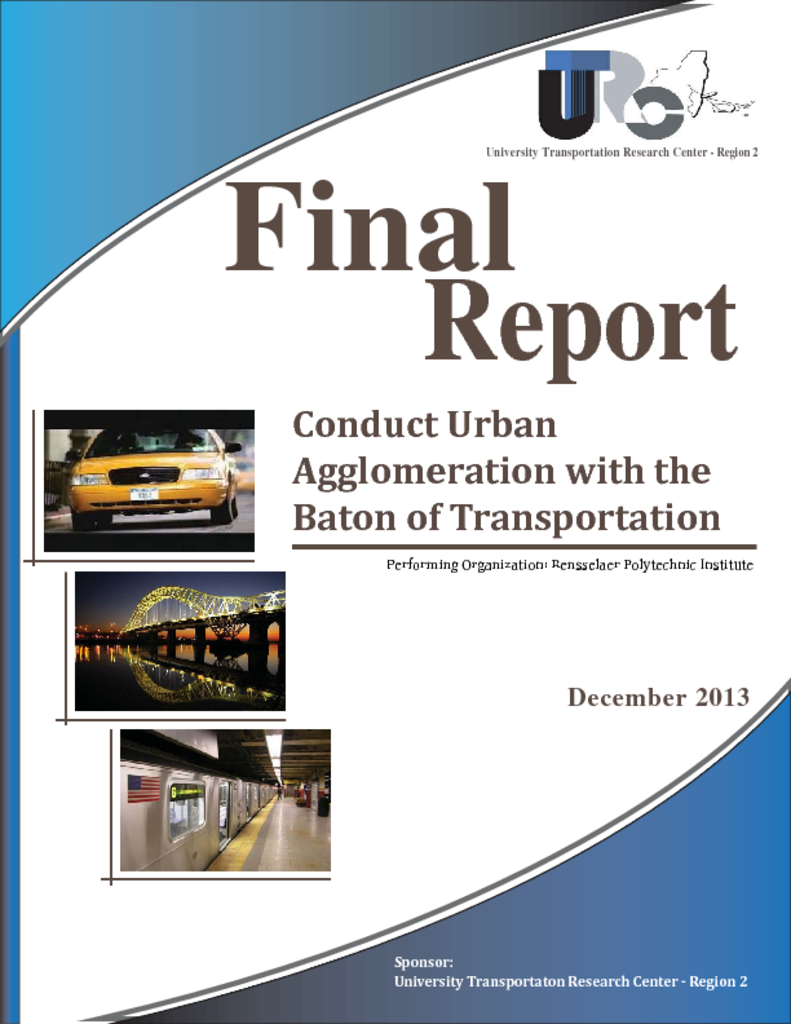A key indicator of traffic activity patterns is commuting distance. Shorter commuting distances yield less traffic, fewer emissions, and lower energy consumption. This study develops a spatial error seemingly unrelated regression model to investigate commuting distance, and how various influential factors affect commuting distances in ten counties across the U.S. By integrating datasets from the Census Transportation Planning Product (CTPP) and Smart Location Database (SLD), this study acquires rich employment and residence information at the census block group (CBG) level. Patterns of commuting distance, characterized by mean and standard deviation, of three industry sectors are calculated. A set of jobs-residence metrics is created to represent the degree of matching between residence and employment. Variables characterizing the trip origins, such as income level and road network connectivity, are also controlled in the model. Results confirm that a high jobs-residence ratio is beneficial for commuting patterns. Short commuting distances are also associated with clustered industry sector distribution, and dense road networks with few intersections. In addition, sprawled regions should control car ownership to shorten commuting distances. Income and payment level have a county-specific effect, and related policies should be proposed on a case-by-case basis. Spatial autocorrelation is also found to be significant in many counties, confirming the need to consider spatial effects in commuting distance studies. This study contributes to the existing literature by providing valuable insights into the influence of a jobs-residence balance on commuting patterns, applying a more efficient econometric model, and comprehensively investigating multiple cases.




